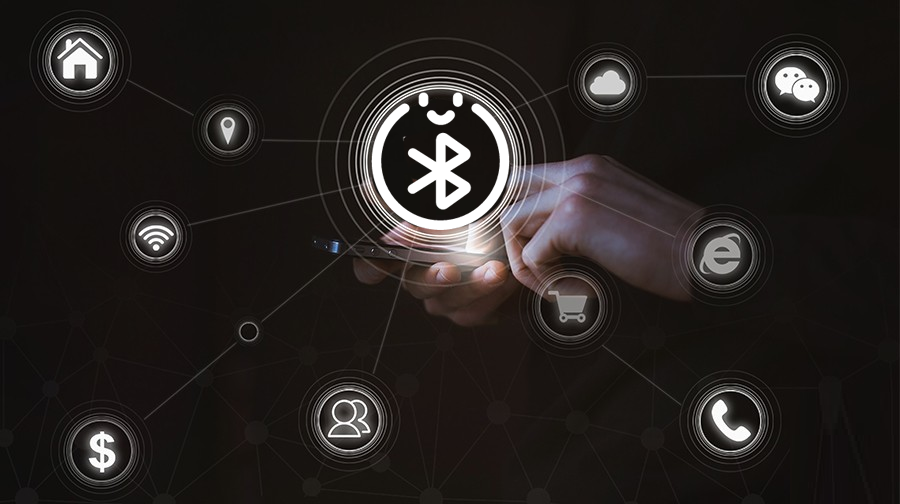6 Features of Bluetooth Low Energy Technology
Bluetooth is a personal area network technology designed and marketed by the Bluetooth Special Interest Group for emerging applications in healthcare, sports and fitness, beacons, security, home entertainment, and more. Compared with classic Bluetooth, Bluetooth low energy technology aims to significantly reduce power consumption and cost while maintaining the same communication range. Due to low power consumption, it is often used in various common wearable devices and IoT devices. Button cells can run for months to years, are small in size, low in cost, and compatible with most existing mobile phones, tablets and computers.
Bluetooth (BLE) Low Energy Features:
1. Low Consumption
From the form factor to the way it is used, everything is designed with the lowest power consumption in mind. To reduce power consumption, Bluetooth low energy devices spend most of their time in sleep mode. When activity occurs, the device automatically wakes up and sends a text message to the gateway, PC or smartphone. The power consumption during use is reduced to one tenth of that of traditional Bluetooth.
HYXKIOT has a ultra-low-power Bluetooth module HY-MOD02, it’s a mini Bluetooth 5.1 BLE module with Dialog DA14531 chip.
2. Cost-effectiveness and Compatibility
For compatibility with legacy Bluetooth technology and cost-effectiveness for small battery powered devices, two chipsets are available:
Dual-mode technology with Bluetooth low energy technology and traditional Bluetooth functionality.
Pure low energy Bluetooth technology optimized for small battery powered devices with low cost and low power consumption
3. Stability, Security and Reliability
Bluetooth Low Energy technology uses the same Adaptive Frequency Hopping (AFH) technology as traditional Bluetooth technology, which ensures that Bluetooth Low Energy can maintain stable transmission in "noisy" RF environments in residential, industrial and medical applications. To minimize the cost and power consumption of using AFH, Bluetooth Low Energy has reduced the number of channels from the 79 1 MHz wide channels of traditional Bluetooth technology to 40 2 MHz wide channels.
4. Wireless Coexistence
Bluetooth technology, wireless LAN, IEEE 802.15.4/Wireless Personal Area Network, and many proprietary radios use the unlicensed 2.4 GHz Industrial Scientific Medical (ISM) band. With so many technologies sharing this airwave space, wireless performance is degraded by interference-induced error corrections and repeated transmissions (eg, increased latency, decreased throughput, etc.). In demanding applications, interference can be reduced through frequency planning and special antenna designs. Because both traditional Bluetooth and Bluetooth low energy use AFH, a technology that minimizes interference from other radio technologies, Bluetooth transmission has excellent stability and reliability.
5. Connection Range
The modulation of Bluetooth low energy technology is slightly different from traditional Bluetooth technology. This different modulation enables a connection range of up to 300 meters with a wireless chipset of 10 milliwatt decibels (Bluetooth Low Energy maximum power).
6. Ease of use and Integration
Bluetooth Low Energy is generally based on a master device connected to multiple slave devices. All devices are either master or slave, but cannot be master and slave at the same time. The master device controls the communication frequency of the slave devices, and the slave devices can only communicate according to the requirements of the master device. Compared with traditional Bluetooth technology, a new function added by Bluetooth low energy technology is the "broadcast" function. With this feature, the slave device can tell that it needs to send data to the master device. Broadcast messages also include activity or measurements.


